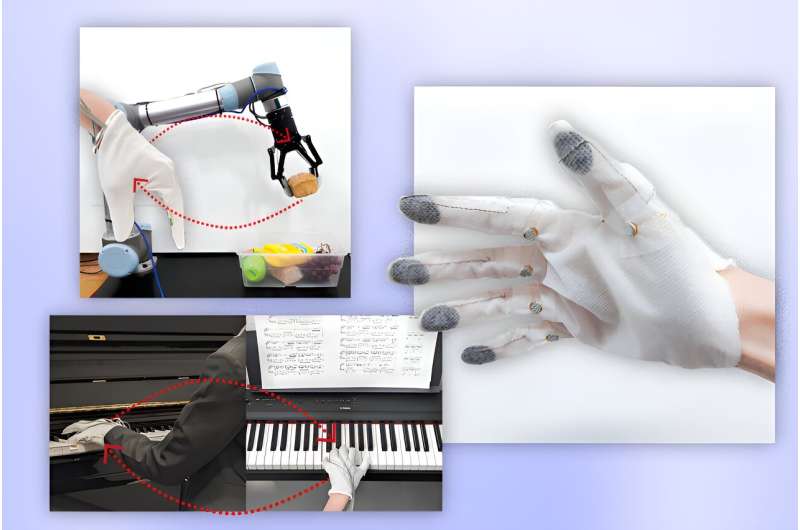A team of researchers from MIT has developed a high-tech “smart glove†that can capture physical motions and provide tactile feedback to teach motor skills in an entirely new way. The wearable glove, embroidered with sensors and haptics using advanced digital fabrication methods, opens up exciting possibilities for skill transfer and training across fields like music, surgery, manufacturing, and more.
The key innovation lies in the glove’s machine learning system which personalizes tactile instructions for each unique user. Physical touch and movement varies greatly from one person to the next. By gathering data and optimizing haptic signals over just seconds of interaction, the smart glove can adapt on the fly, greatly improving outcomes versus one-size-fits-all instructions.
Early experiments demonstrate tangible benefits whether training to play piano, improving control of remote robotic arms, or even playing video games requiring nuanced gestural commands. Study participants provided haptic-enabled direction showed faster proficiency gains across the board.
Beyond customized education, the MIT team believes the technology has profound implications for fields relying on delicate hand-eye operation or execution of complex sequential motions. Surgeons could be guided through new procedures with a level of touch-based feedback not possible before. Dangerous manufacturing tasks might one day hand control over to operators wielding far more precise and dextrous robotic appendages. Even virtual reality could heighten realism by replicating subtle tactile sensations alongside visuals.
The potential seems nearly endless, with study co-author Professor Daniela Rus of MIT CSAIL noting, “With its ability to capture tactile interactions at high resolution, akin to human skin, this sensor enables robots to perceive the world through touch."
Much work remains moving forward, including refining the glove itself and development of more advanced AI agents. However the living interface presented seems poised to revolutionize not just how humans take in new skills and experiences, but how we connect with and control the machines around us. The standard view of a robotic future may need adjustment based on MIT’s latest homo-digital breakthrough.


















